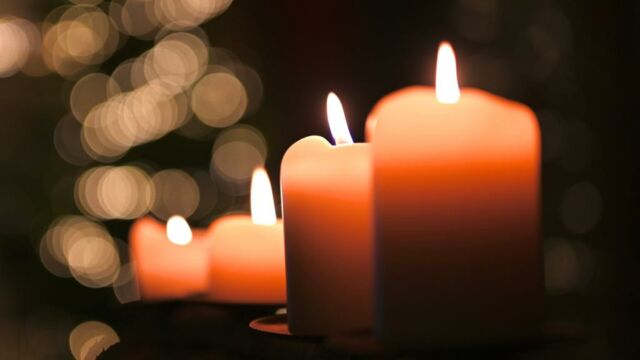The death of a human being is not experienced or perceived in the same way, depending on the individual or civilization. The prospect of an afterlife or reincarnation, for example, can help to better apprehend the situation. The same is true of funeral rites, the ceremonial accompaniment to the afterlife. Here are the top 3 of the world's most unique rites.
Discover our latest podcast
Death suits you so well
The Larousse dictionary defines death as 'the definitive loss by a living entity (organ, individual, tissue or cell) of the properties characteristic of life, leading to its destruction', a state which is theoretically irreversible.
In the case of a human being, if the body is not embalmed, i.e. treated for preservation, all organic parts will decompose over time under the action of bacteria, but also of the ambient air. Cold weather, for example, preserves bodies better than a tropical climate. Breast and buttock implants, if any, will stand the test of time with ease.
The relationship with death is both individual and cultural. In Mexico and Cambodia, for example, people continue to honour their ancestors through offerings, or by reserving a place for them around the table at family gatherings. As a result, many rites bear no resemblance to the burial or cremation rituals to which we are accustomed in the West.
Top 3 of the world's most astonishing funeral rites
Usually part of a specific set of beliefs, these funeral rites are unique in many ways. Here's a brief overview.
Sky burial
This mountain ritual has a profound religious significance, as the presence of a monk is required. The pre-cut body of the deceased is exposed to the open air. This is then mixed with flour and yak milk, before being devoured by vultures. This funeral rite is practiced in China, Tibet, Mongolia and Nepal.
The Famadihana
In Madagascar, this practice is known as 'turning over the dead'. Approximately every 5 to 7 years, the deceased is dug up, and the remains of their body are wrapped in new shrouds, before being reburied. According to Malagasy tradition, this helps the dead make the transition to the afterlife and strengthens ties with the living.
The funeral tree
Although this funerary practice is extinct, it is still possible to observe its vestiges. Practiced in Asia, particularly in China, Indonesia and the Philippines, it involved hanging the coffins of the dead from trees or cliffs.
Gökyüzü Defni (Sky Burial) pic.twitter.com/l76EaOOWLD
— Süleyman ERÇİN (Veterinary) (@suleymanercin) November 25, 2023
Read more:
⋙ Mystery as dead bodies are refusing to decompose in these cemeteries in Portugal
⋙ Life after death: Physicist reveals whether it is really possible (VIDEO)
⋙ Some civilisations 'ate their dead' instead of burying them 15,000 years ago, study reveals
⋙ Mortician reveals shocking facts about working with dead bodies that will blow your mind
This article has been translated from Gentside FR.
Sources used:
Tibet Travel: Sky Burial in Tibet: Exploring the Unique Customs of Tibetan Funeral
Voyage Madagascar: Famadihana ou le retournement des morts
Atlas Obscura: Hanging Coffins of Sagada















